MacBooks have not been very good lately, with the terrible butterfly keyboard getting a lot of publicity. But things have turned around recently, especially with the new Apple Silicon M1 chip in the new MacBook Air and MacBook Pro.
But one thing that MacBooks have completely neglected for the past few years is the touchscreen. While rival laptop makers are scrambling to add touch controls to their machines, Apple has reaffirmed that it has no intention of doing so. This is a very good thing.
Apple always seems to be trying to integrate one or more of its product lines, but there are some lines it will not cross. Despite the fact that the M1 chip in the new Mac is based on the A-series chips found in the iPad and iPhone, there is no chance of a touchscreen MacBook anytime soon.
The news was confirmed by Craig Federighi, Apple's senior vice president of software engineering, in an interview with The Independent. "When we released Big Sur and these articles started coming out, I have to say . I thought, "Whoa, why not?" We have designed and evolved the look and feel of macOS in a way that feels most comfortable and natural to us.
According to Federighi, familiarity is a strength of Apple's lineup because it allows users to switch between devices with "less cognitive load on the switching process" and does not "suggest future changes in input methods."
Basically, touchscreens on MacBooks are not on the horizon for the foreseeable future. Frankly, that's the attitude we hope other laptop makers will take.
There are pros and cons to touchscreen laptops, but to me it has always felt like an awkward feature added as an afterthought without any real consideration of what it is supposed to do.
iOS, iPadOS, and other mobile operating systems were built with touch in mind from the start, but Windows and MacOS were not. On the contrary, starting decades ago, Windows and MacOS have fully integrated systems based on keyboards and mouse cursors. For this reason, I have always found laptop touchscreens counterintuitive.
Needless to say, the increasingly small bezels make it impossible to adjust the screen without accidentally toggling something. The same goes for removing dirt and other debris that the display is prone to accumulate.
Laptop manufacturers do not all have touchscreens on their machines, but the better manufacturers all seem to have them as standard equipment. If I didn't hate macOS so much, I could save myself the trouble of disabling touch controls in the Windows 10 control panel. At any rate, while I still can.
No doubt people will disagree with me, but there are other reasons to oppose Apple adding a touch screen to the MacBook.
Apple has been pushing the iPad (especially the iPad Pro) strongly in recent years as the successor to the laptop, adding more productivity-oriented hardware and features to make working with the tablet more attractive. This is because despite Apple's claims that the iPad is better, it cannot realistically realize its vision as long as the MacBook exists.
Nevertheless, the MacBook and the iPad are two very different devices. One is a laptop and one is a tablet, obviously. But the key thing that will stop the lines from becoming increasingly blurred is the touchscreen; if a touchscreen is added to the MacBook, the iPad's appeal could drop dramatically.
At the very least, much of the effort that Apple has expended to position the iPad as a laptop replacement will go down the drain. Because, just as they are not abandoning the MacBook, they have no intention of giving the iPad any special features that would make it obsolete. After all, it is not good business to outsell your own product.
Will MacBooks always remain touchscreen-free? You can never say never, but Apple is not a person who thinks only in the short term, so it will not happen for quite a long time. Those who have been waiting for a touchscreen MacBook will no doubt be disappointed, but at least there is the iPad Pro.
The other line between the Mac and the iPad has become increasingly blurred over time, as Apple is adamant that this line will never be crossed.
.
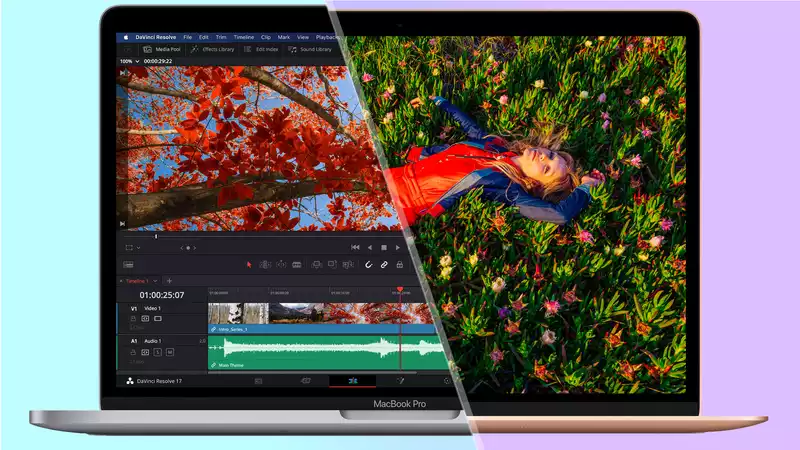


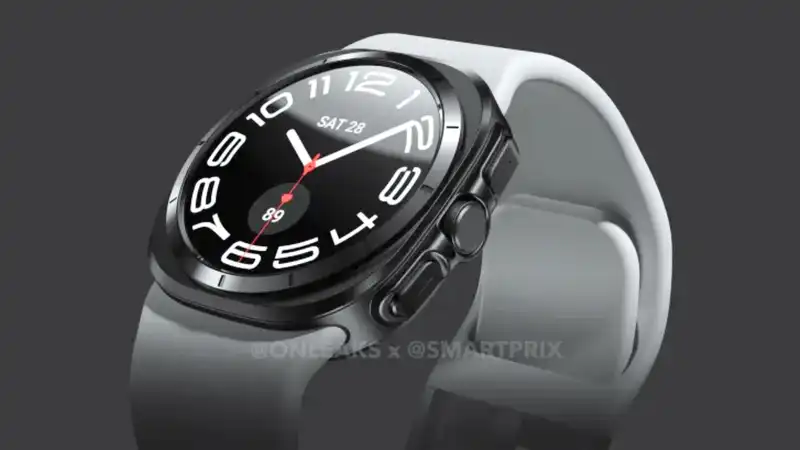
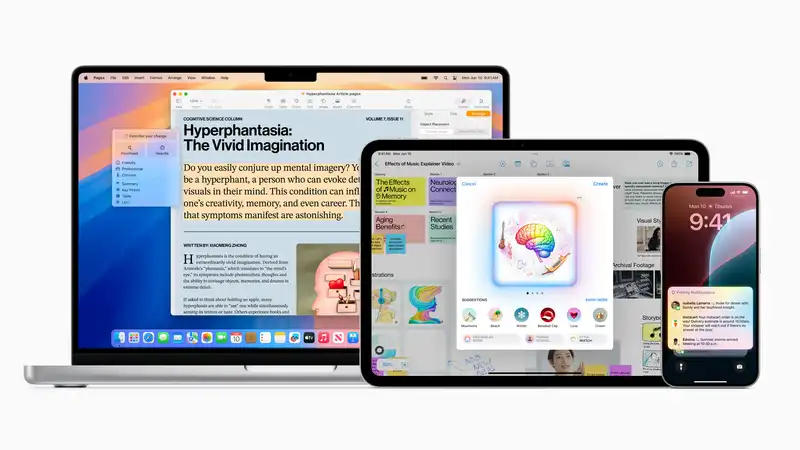

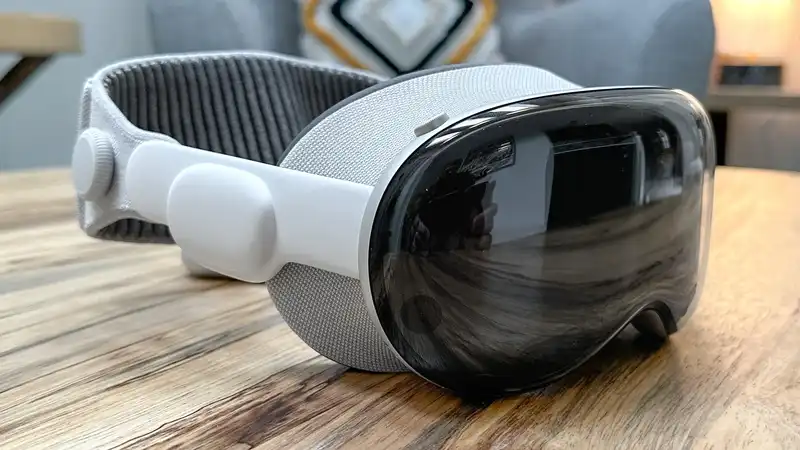

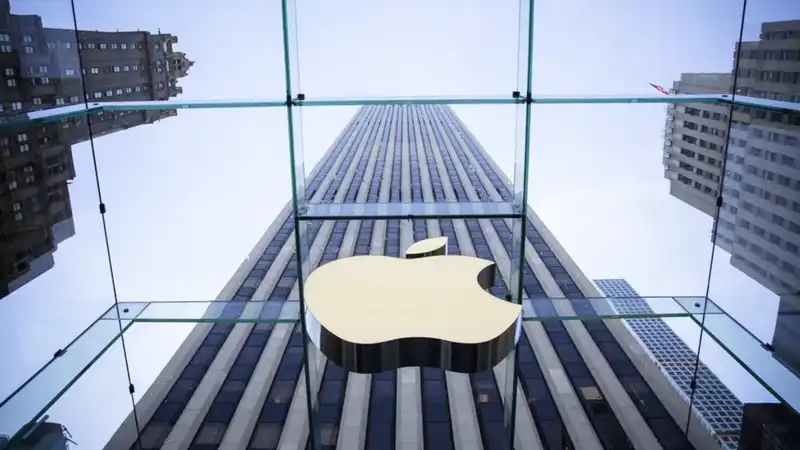
Comments